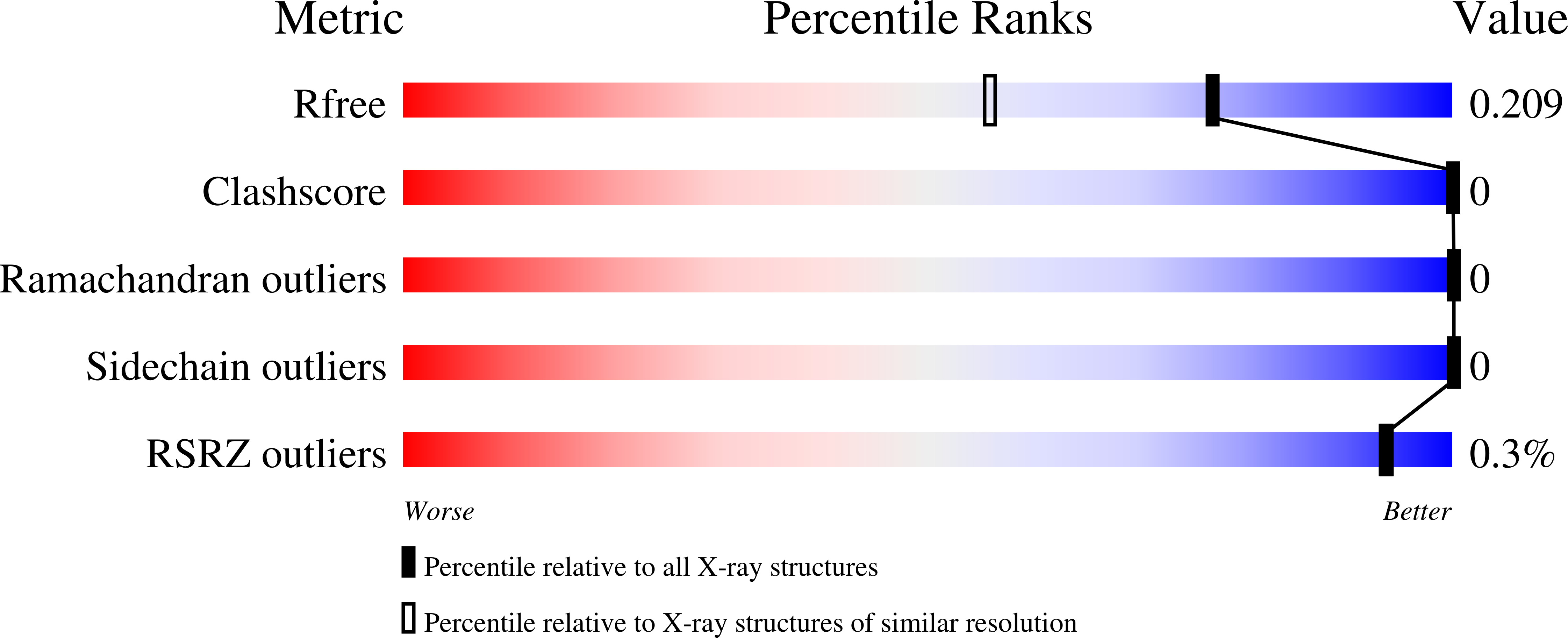
Deposition Date
2023-04-28
Release Date
2024-05-22
Last Version Date
2025-06-04
Entry Detail
PDB ID:
8SON
Keywords:
Title:
Crystal structure of macrophage migration inhibitory factor in complex with N-[3-(Trifluoromethyl)phenyl]-3-(2-chloroanilino)-2-cyano-3-thioxopropanamide
Biological Source:
Source Organism:
Homo sapiens (Taxon ID: 9606)
Host Organism:
Method Details:
Experimental Method:
Resolution:
1.63 Å
R-Value Free:
0.19
R-Value Work:
0.16
R-Value Observed:
0.17
Space Group:
P 21 21 21


